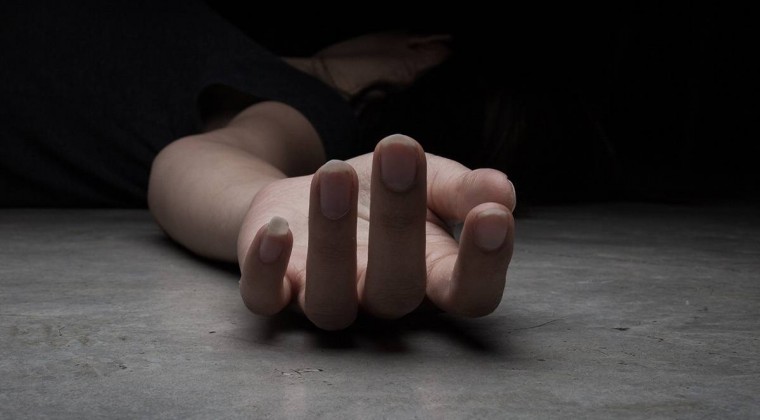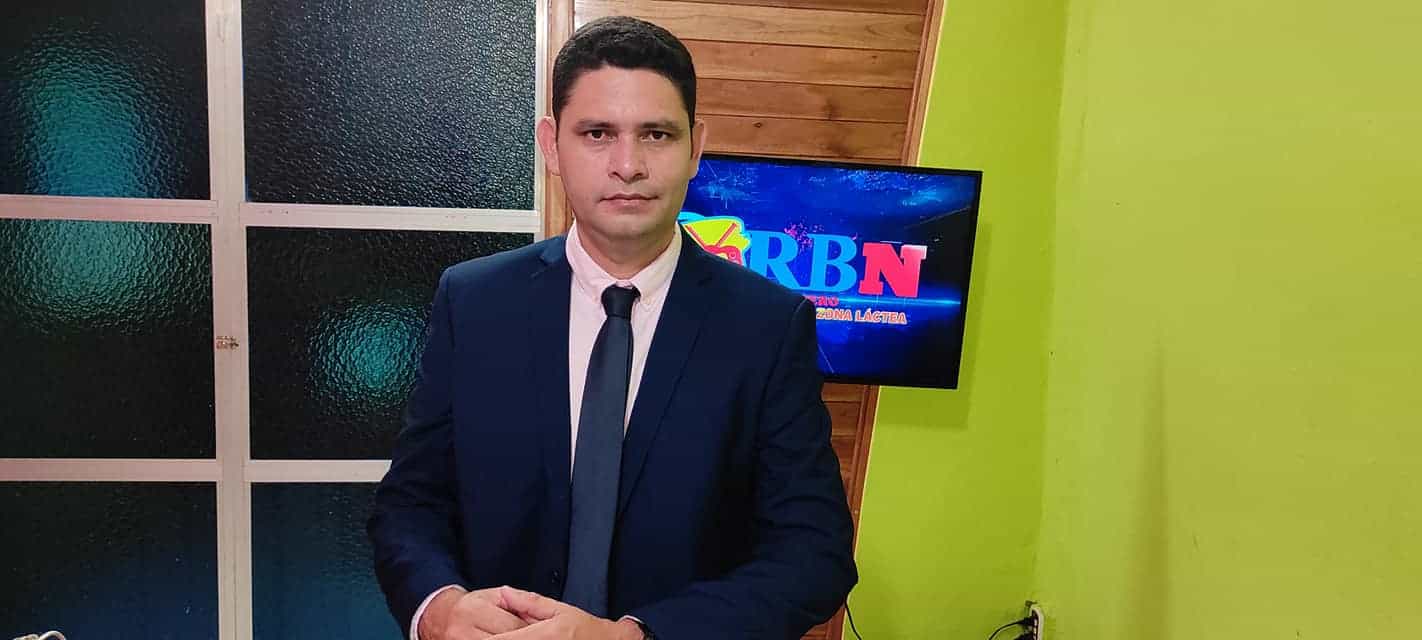After spending almost three months in intensive care, after several rehabilitation processes, a 9-year-old girl, operated on a year ago for severe subvalvular aortic stenosis, at the Hospital de Clínicas of the Faculty of Medical Sciences, can go back to running around and studying. . The surgeons had to “invent” an apicoaortic tube, since the patient was very deteriorated and she could no longer wait for the supply to arrive from the United States.
Doña Julia Cabañas, a resident of Areguá, commented that currently her 9-year-old daughter Melina leads a normal life like any other girl, goes to school, plays and runs around with her six-year-old sister and her little friends. Her mother commented that her improvement is notorious, since, in February 2021, before the surgery, she began her notable deterioration, she turned bluish, she barely walked and was already tired, in addition to falling a lot of weight.
He said that the abnormality in the heart was detected at seven months, but that the times he tried to take a shift in another reference care center he had not succeeded and the condition worsened as his daughter grew, and twice he was suspended due to flu, catheterization. In addition, she had to fulfill her babysitting job while her partner and the father of her youngest did delivery work, so she did not have to pay for any treatment either.
He pointed out that his daughter came to lose two kilos per month, until she had to be hospitalized because it was already a risk to have her in the house. “She is now a normal girl, she eats well, the care of the doctors is excellent, they did everything possible to help her,” she said.
Dr. Sara Galeano, pediatric cardiologist of the Department of Pediatric Cardiology of the FCM and Hospital de Clínicas, commented that subvalvular aortic stenosis required the placement of an apicoaortic tube that is not available in the country and had to be sent to bring from the United States. Faced with this scenario and given the urgency, the surgeons had to arm themselves with courage, use all their expertise and assemble a tube in the middle of the operating room that worked and saved the girl’s life.
He reported that once the patient left the operating room, she was very delicate, had many complications, but was finally able to overcome after more than 100 days of hospitalization. “She overcame all those events, she did a lot of physiotherapy, she did a lot of rehabilitation, and today she is walking again, going to school, using her intellectual capacity, writing stories, knowing how to draw, paint,” she said.
He added that he spent almost three months in therapy, then had regular check-ups almost every two weeks and is currently one year after his surgery. The last time she came to see her, she underwent an echocardiography where it was seen that her tube is well placed, it has a good passage, it is functional, which is valuable data for the medical team.
Improvisation that saved a life
The head of the Department of Pediatric Cardiology, Prof. Dr. Jorge Jarolín, explained that the pathology suffered by the patient is a rare and serious heart disease, called severe subvalvular aortic stenosis, which is a degree of narrowing in the outflow tract of the left ventricle. and that leads the patient to certain death, in a short time. The procedure required by the patient is the placement of an apicoaortic tube.
He explained that due to the abnormality, the heart begins to send blood not anteriorly, but behind, because the antegrade is totally obstructed. So, a tube had to be placed at the tip of the heart so that the blood came out in retrograde form and through the tube placed, which had to have a valve, then the artery that came out of the left ventricle was joined again to the aorta.
“This prosthesis is not available but it is made by request in the United States, because worldwide it is not a frequent pathology, between the preparation, arriving in the country, customs procedures, the sanitary registry can take a long time and the patient I couldn’t wait any longer, it was getting worse and worse.”
As a result of this situation, they had to make a handmade one in the operating room, with all the means of asepsis, they used three types of simple biological tubes, one rigid, another flexible plus a valve, and they joined it.
He pointed out that when the girl grows up, between 15 and 20 years old, the aorta will grow and therefore will require a thicker caliber. However, she said that the advantage is that there will be no need to stop the heart during surgery, because the tube is outside the heart, it is located on the right side, so the change will be less risky. .
The pediatric heart surgeon does not believe that something similar has been done in the country, but that abroad he was able to see some cases, but resolved with input prepared by the manufacturer. He said that expertise makes one have the ability to improvise in difficult moments, where everything or nothing was played. The cost of the prosthesis ranges from 70 to 80 million, and a surgery of this type without major complications has a minimum value of 250 million in the private sector, he said.






